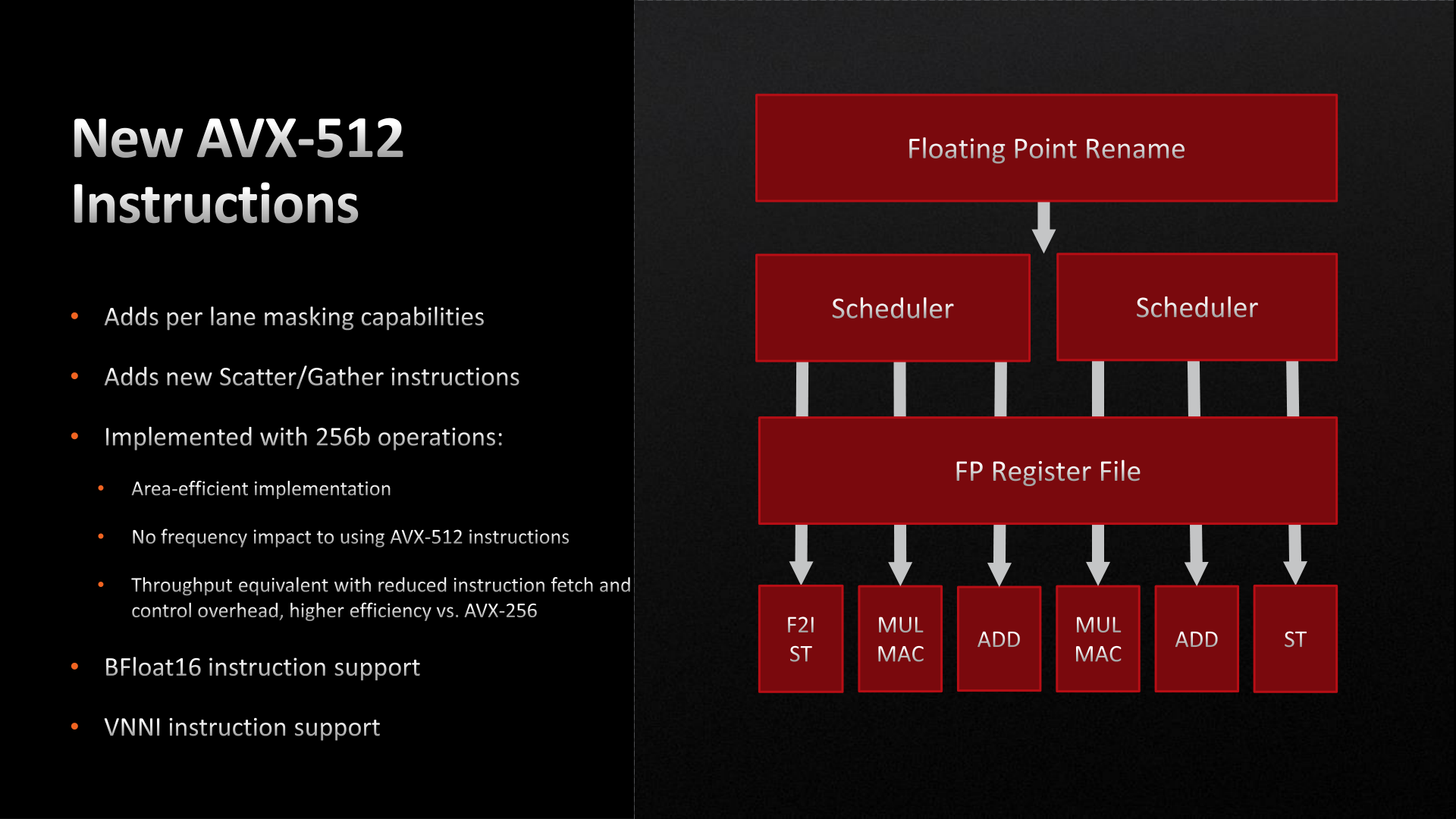Originally posted by ms178
View Post
However, the degree of clock-throttling it caused in 14 nm Intel CPUs with the feature was very much at odds with using it for simple things like string-processing. This writeup captures the dilemma particularly well:
So, it really doesn't matter how easy-to-use it might be, the clock-throttling effects greatly limited its use in workloads other than those which heavily utilize it.
Originally posted by ms178
View Post
Originally posted by ms178
View Post
Sure, ROCm was in the wilderness for a long time, but they had legacy, proprietary drivers available for much of that time. They deserve some criticism for that, but it's not as if they weren't working on it the whole time.


Comment